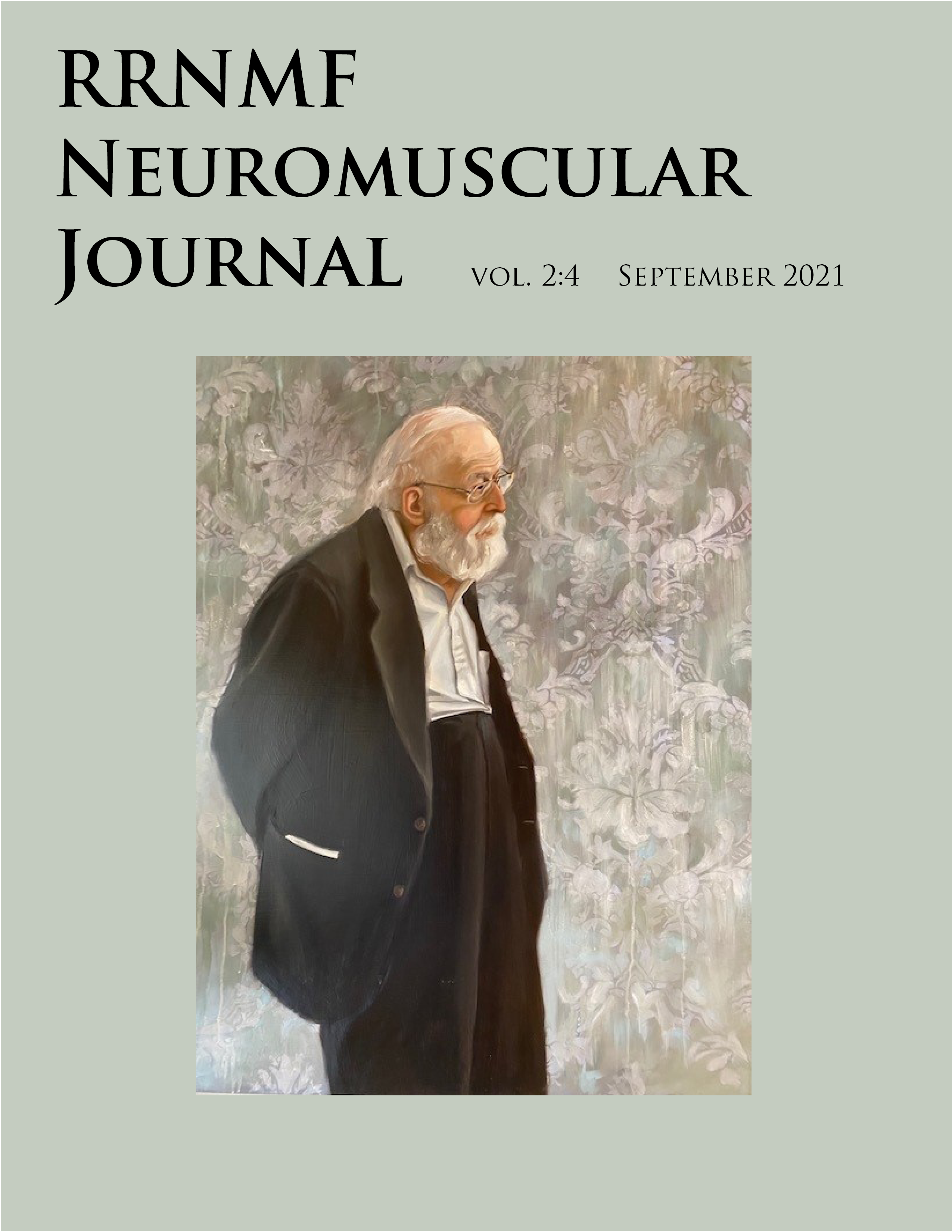Building a Bridge for Batten Disease
DOI:
https://doi.org/10.17161/rrnmf.v2i4.15355Keywords:
Batten, NCL, rare disease, advocacy, caregiversAbstract
Background. Neuronal Ceroid Lipofuscinosis, or Batten disease, is a neurodegenerative disorder that results in seizures, vision loss, vegetative state, and premature death. This project aims to understand the value of disease organizations in the management of Batten disease progression.
Methods. Seven semi-structured interviews with caregivers of children with Batten disease were conducted at a national family conference. Also, five semi-structured telephone interviews with disease organizations were conducted, two of which were Batten disease specific.
Results. Most caregiver participants reported difficulties in getting a diagnosis. All participants reported significant benefit from involvement in the Batten Disease Support and Research Association (BDSRA) and associated family conference. Some of the most challenging aspects of care centered around a lack of in-home aid, medical equipment, and the education system. The disease advocacy organizations included Rare KC, the National Organization for Rare Disorders (NORD), Global Genes, Noah’s Hope, and Taylor’s Tale. Disease organizations encourage rare disease families to thrive by providing the bridge that connects patients, physicians, and researchers. A central organization implements an avenue for individuals to share information and meet people in the rare disease community.
Conclusions. The participants provided clear examples of the benefits families received from being involved in a rare disease organization.
Downloads
References
Griggs R, Batshaw M, Dunkle M, et al. Clinical research for rare disease: Opportunities, challenges, and solutions. Molecular Genetics and Metabolism. 2009 Jan;96(1):20-6. DOI:10.1016/j.ymgme.2008.10.003
Nita D, Mole S, Minassian B. Neuronal ceroid lipofuscinoses. Epileptic Disorders. 2016 Sep 1;18(S2):73-88. DOI:10.11684/epd.2016.0844
Schulza A, Kohlschüttera A, Minkb J, Simonatic A, Williamsd R. NCL diseases — clinical perspectives. Biochim Biophys Acta. 2013 Nov;1832(11):1801–1806. DOI:10.1016/j.bbadis.2013.04.008
Barohn R, Dowd D, Kagan-Hallet K. Congenital Ceroid-Lipofuscinosis. Pediatric Neurology. Jan-Feb 1992;8(1):54-9. DOI:10.1016/0887-8994(92)90054-3
Freund K, Sarraf D, Mieler W, Yannuzzi L. The Retinal Atlas. Elsevier Inc. 2017;3:233-278.
Kohlschütter A, Schulz A, Bartsch U, Storch S. Current and Emerging Treatment Strategies for Neuronal Ceroid Lipofuscinoses. CNS Drugs. 2019 Apr;33(4):315-325. DOI:10.1007/s40263-019-00620-8
Siddiq S, Wilson B, Graham I. Experiences of caregivers of children with inherited metabolic diseases: a qualitative study. Orphanet Journal of Rare Diseases. 2016 Dec 7;11(1):168. DOI:10.1186/s13023-016-0548-2
Rarediseaseday.org [Internet]. Eurordis Rare Diseases Europe. c2020. Available from: https://www.rarediseaseday.org/article/what-is-rare-disease-day
Pinto D, Martin D, Chenhall R. The involvement of patient organisations in rare disease research: a mixed methods study in Australia. Orphanet Journal of Rare Diseases. 2016 Jan 12;11:2. DOI:10.1186/s13023-016-0382-6
Downloads
Published
Issue
Section
License
Copyright (c) 2021 Melissa L. Feuerborn MD, Carla C. Keirns MD PhD MSc FACP, Richard J. Barohn MD

This work is licensed under a Creative Commons Attribution-NonCommercial-NoDerivatives 4.0 International License.

